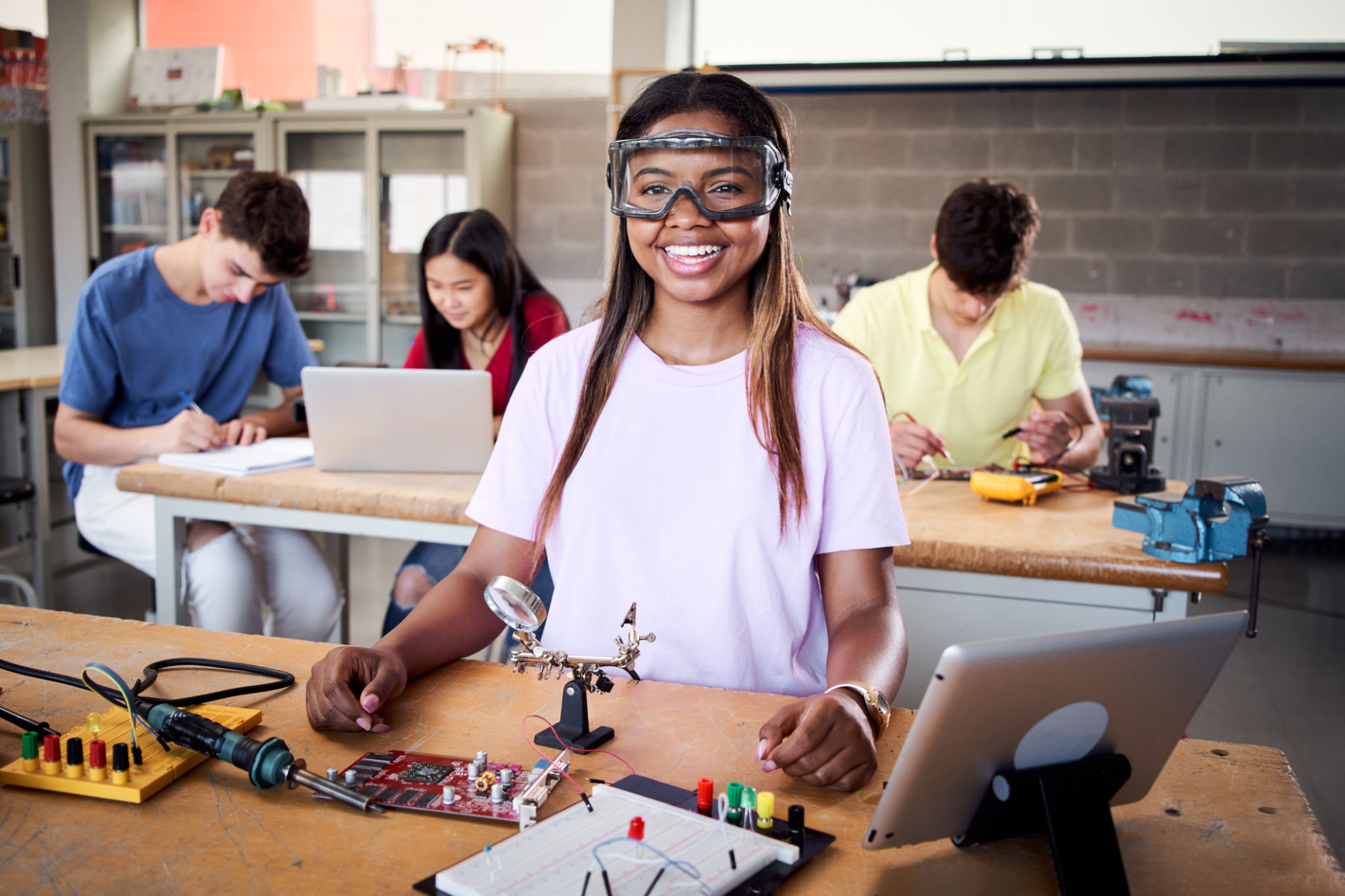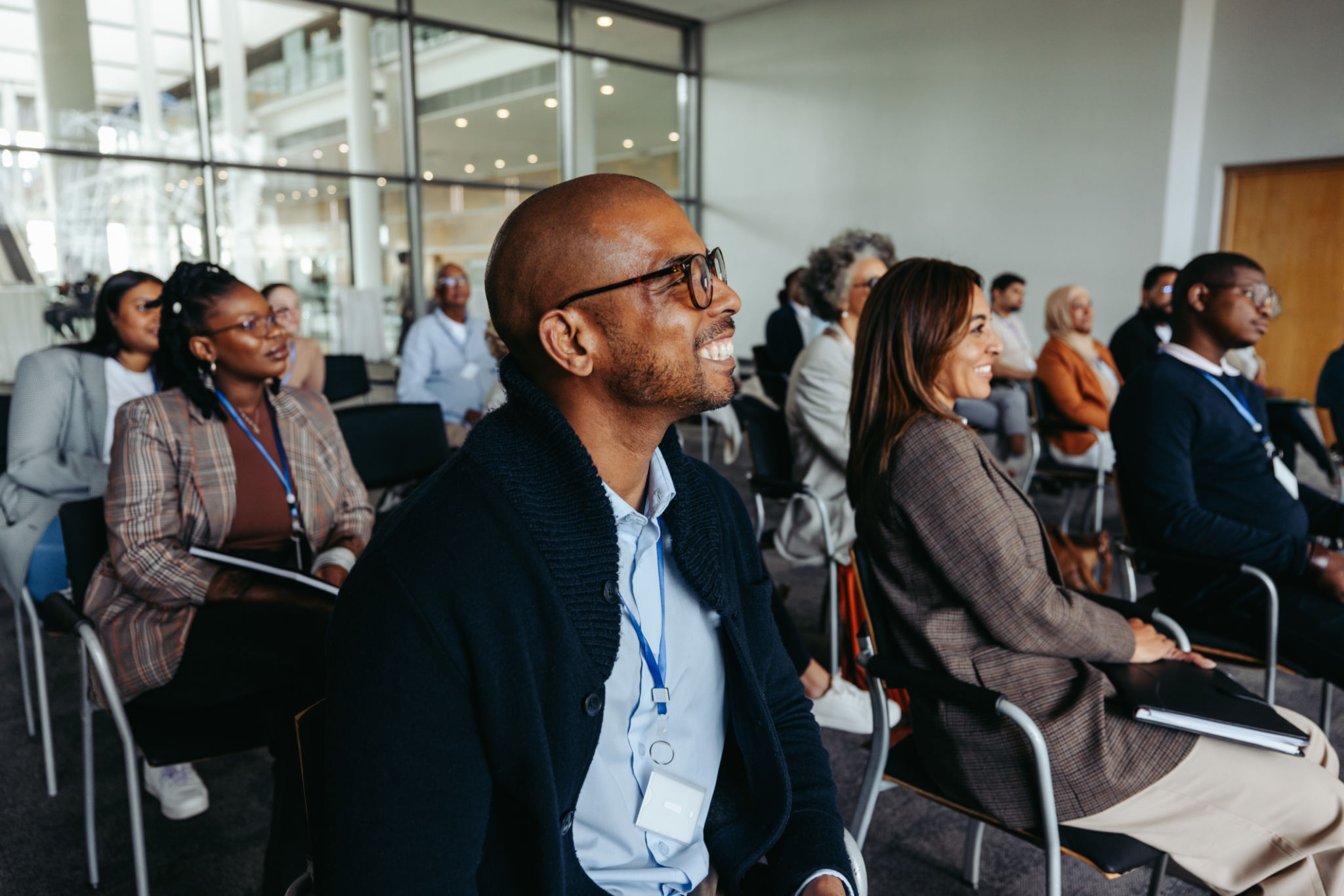Success Stories: Overcoming Employment Barriers Through Vocational Rehabilitation
Understanding Vocational Rehabilitation
Vocational rehabilitation is a process designed to help individuals with disabilities achieve their employment goals. It offers a range of services, including career counseling, job training, and job placement assistance. By addressing barriers to employment, vocational rehabilitation empowers individuals to lead more independent and fulfilling lives.
For many, overcoming employment barriers is a daunting task. Disabilities can present unique challenges in the workplace, from physical limitations to societal biases. Vocational rehabilitation provides the necessary support and resources to navigate these obstacles successfully.

The Journey of Empowerment
One of the key components of vocational rehabilitation is its focus on personalized service. Each individual's journey is unique, and the program tailors its approach to meet specific needs. By evaluating personal strengths and interests, vocational rehabilitation professionals can craft a customized plan that maximizes employment potential.
Participants often engage in various training programs designed to enhance their skills. These programs may include technical training, soft skills development, or even educational courses leading to certification or degrees. The goal is to equip individuals with the tools they need to succeed in their chosen fields.

Success Stories: Real-Life Transformations
Consider the story of Emily, a talented artist who faced significant barriers due to her hearing impairment. Through vocational rehabilitation, Emily received specialized training in digital design and access to adaptive technology. This combination not only honed her artistic abilities but also opened doors to new employment opportunities. Today, Emily works as a successful graphic designer, proving that with the right support, barriers can be turned into stepping stones.
Similarly, John, a veteran with mobility challenges, found renewed purpose through vocational rehabilitation. After completing a tailored program focused on computer programming, John secured a remote position with a leading tech company. His journey highlights the importance of adaptability and the role vocational rehabilitation plays in fostering it.

The Role of Employers in Supporting Vocational Rehabilitation
Employers play a crucial role in the success of vocational rehabilitation programs. By creating inclusive work environments and implementing accessibility measures, they can provide valuable opportunities for individuals overcoming employment barriers. Companies that embrace diversity often reap the benefits of a more innovative and engaged workforce.
Additionally, employers can partner with vocational rehabilitation services to identify potential candidates who are ready to contribute effectively to their teams. This collaboration not only supports community development but also enhances the company's reputation as an inclusive employer.
Conclusion: Building a Brighter Future Together
Vocational rehabilitation is more than just a pathway to employment; it's a lifeline for individuals seeking to overcome significant challenges. By focusing on strengths, providing personalized support, and fostering collaboration between individuals and employers, vocational rehabilitation helps build a brighter, more inclusive future.
As we continue to celebrate success stories like those of Emily and John, it becomes evident that overcoming employment barriers is possible with determination and the right resources. Vocational rehabilitation remains an essential component in this transformative journey, offering hope and opportunity to countless individuals striving for independence and success.
